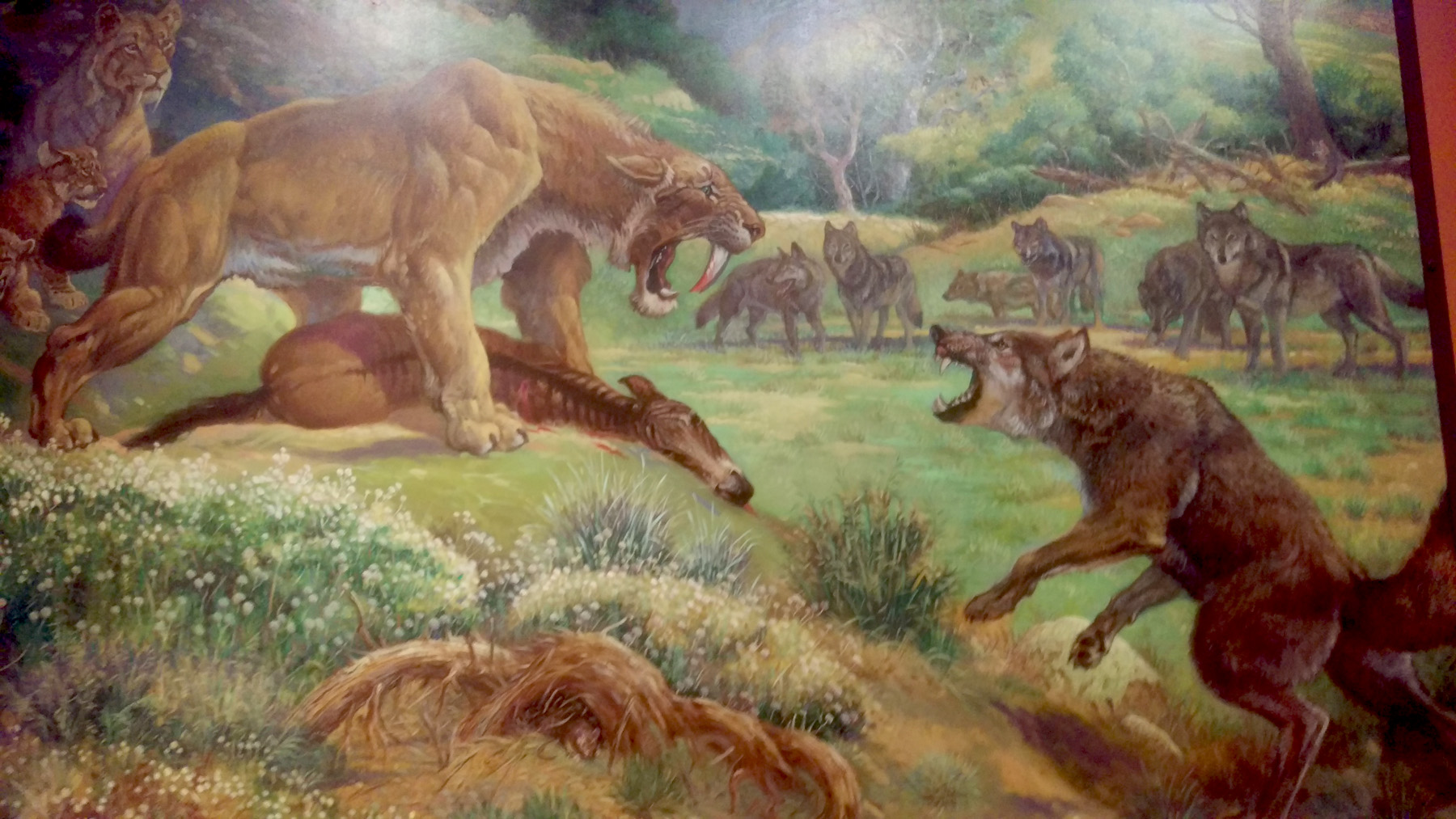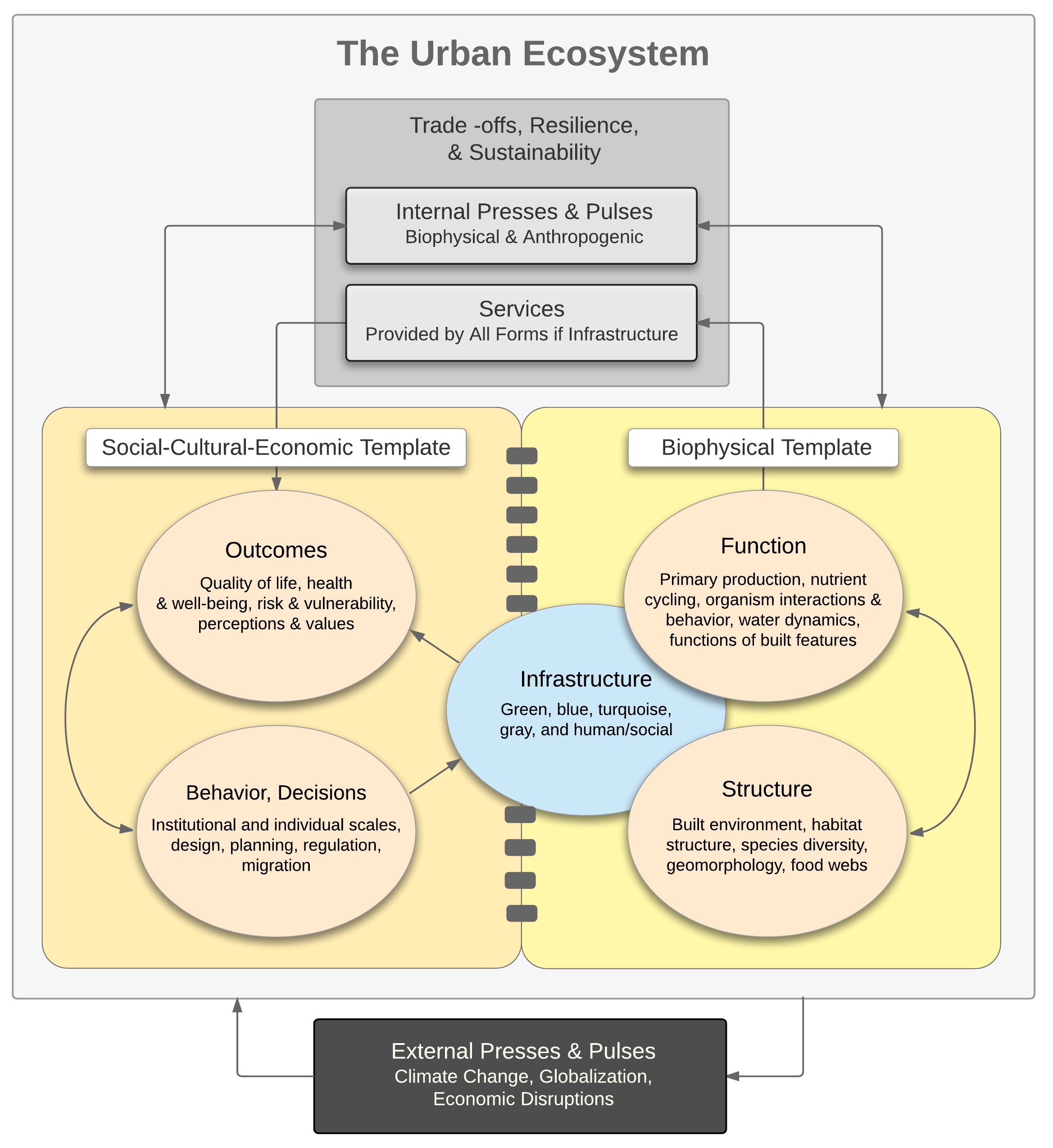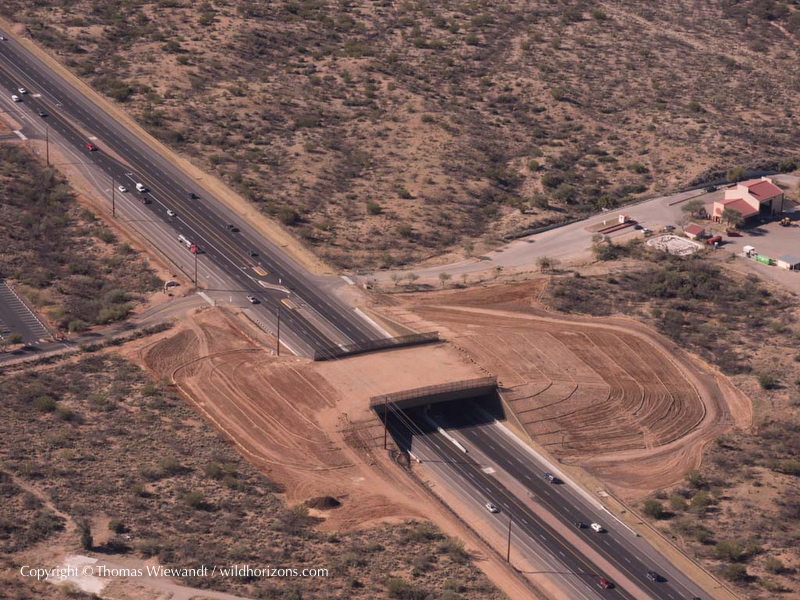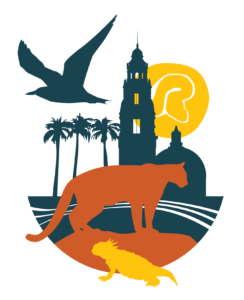 In early June I was in San Diego for the 2017 International Urban Wildlife Conference. This was my first time at this particular conference, and it was fascinating to experience the breadth of ideas, and the urban focus on wildlife. It’s something that we as designers care about, but struggle with implementation that truly provides actual value.
In early June I was in San Diego for the 2017 International Urban Wildlife Conference. This was my first time at this particular conference, and it was fascinating to experience the breadth of ideas, and the urban focus on wildlife. It’s something that we as designers care about, but struggle with implementation that truly provides actual value.
This is predominately at conference with a science focus, drawing from government, academia, and NGOs spanning policy, implementation, research, and more. As a participant, I definitely felt like a fish out of water in such a science-focused crowd, however, the opportunity to connect with scientists and researchers provides a unique context and some perspective (both ways) on how we can communicate better.
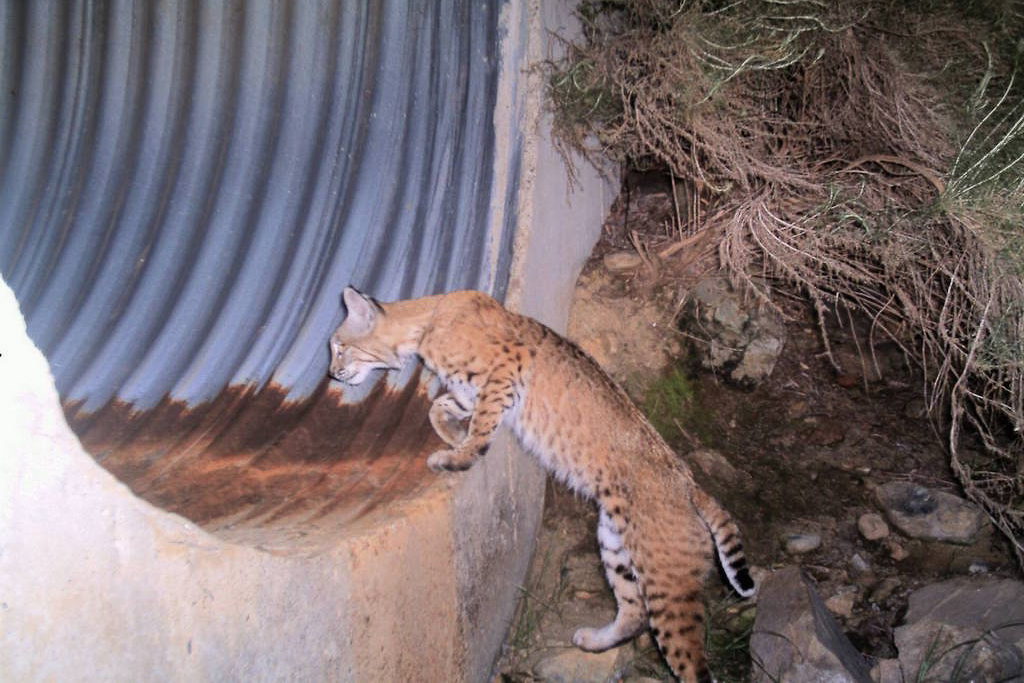
One highlight for me was the opening plenary by Nancy Grimm, a “Professor of Ecology in the School of Life Sciences and a Senior Sustainability Scientist at Arizona State University” who discussed the work around the Central Arizona-Phoenix Long Term Ecological Research (CAP LTER).
Aside from some of the work, she shared a model of socio-ecological systems, and the shift towards more human influence and impacts in their research. “Our conceptual model illustrates our understanding of urban socio-ecological systems. In CAPIV we are focusing on urban infrastructure as a bridge between the biophysical and human/social components of the system. Urban infrastructure includes green, blue, turquoise, gray, and human/social infrastructures in the city” Grimm also called on better collaboration between designers and scientists, which was a great way to kick the conference off.
Another interesting narrative told by a few speakers focused on the presence of large predators in cities, none more photogenic, or shall I say charismatic, megafauna. The Southern California focus meant more than a few stories about P-22, the mountain lion currently living in Griffith Park in Los Angeles, and the tension between people who embrace urban predators and those that consider them a nuisance.
Multiple tracks included information on large mammals, coyotes, and new approaches to addressing human-wildlife interactions that are not just focused on negatives. Certainly the theme of what habitat?” came up throughout, as the urban focus meant shared spaces between many species, which has positive benefits but also negatives, and guides much of the research in terms of adequate path size and connectivity and species specific interactions in fragmented urban areas.
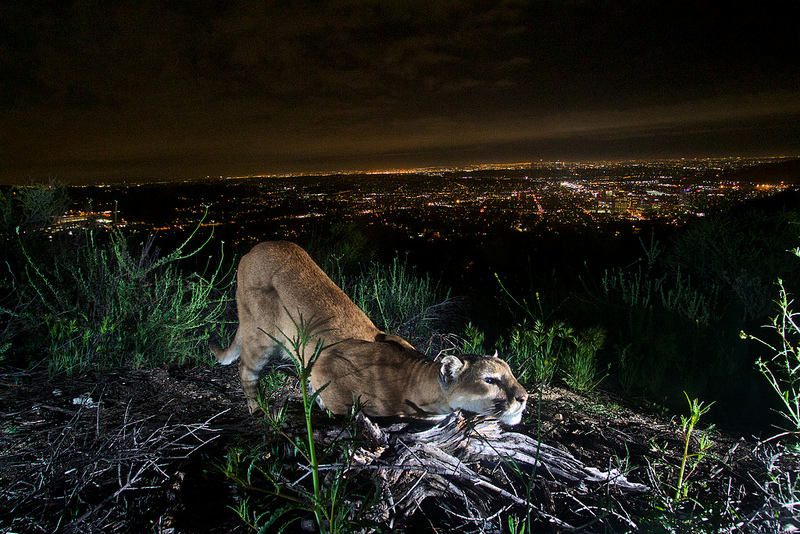
This larger discussion were some interesting sessions on habitat connectivity and corridors, which included some interesting wildlife crossings, include a significant new project in Pima County, Arizona , near Tuscson, that took almost 30 years to be realized, showing the need for persistence. The project included an overpass and underpass, seen under construction below:
The educational aspects and programs also occupied a good amount of the conference, with outreach and wildlife information, educational programs for children and schools, along with tracks on Citizen science, information sharing hubs, and collaboration.
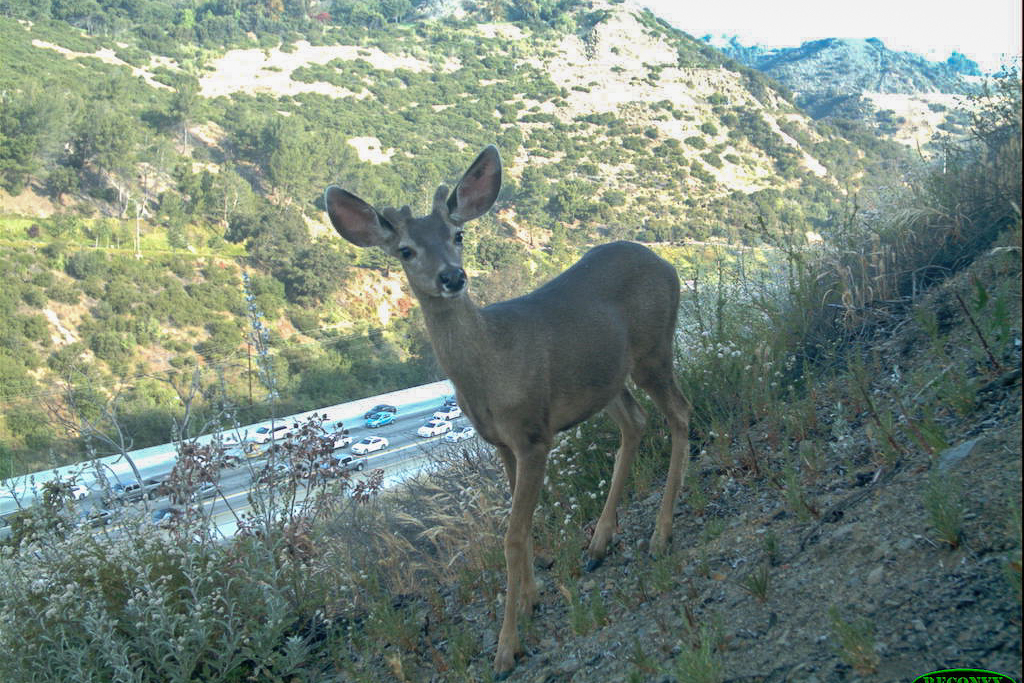
The session I was part of was the final day, and was entitled “Dysfunctional urban biodiversity planning: Take home messages for (and from) ecologists and planners/designers.” Convened by Mark Hostetler, from University of Florida it drew a multi-disciplinary panel of ecologists, planners, designers with a general focus on better communication, barriers and opportunities for how to achieve greater (and more frequent collaboration) .
In addition to Mark, who shared his online tool “Building for Birds”, speakers include Paige Warren from University of Massachusetts-Amherst, presenting on “Governing for Diversity”, David Drake from University of Wisconsin-Madison discussing “Proactive Wildlife Management”, David Maddox from The Nature of Cities focusing on “Shared Values”, Jeffrey Brown from Rutgers University discussed “Optimal Sizes of Bird Habitat”. From the planning side, Steve Hofstetter from Alachua County, Florida, gave perspective on Planning and Ecology, Travis Longcore from USC School of Architecture talked about “Corridors”, Sarah Jack Hinners from University of Utah elaborated on “Ways of Knowing/Doing” in interdisciplinary work, and from Kyushu Institute of Technology in Japan, Keitaro Ito discussed Collaborative Ecological Design. You can get a feel for the conference as a whole, download the abstracts for more info here.
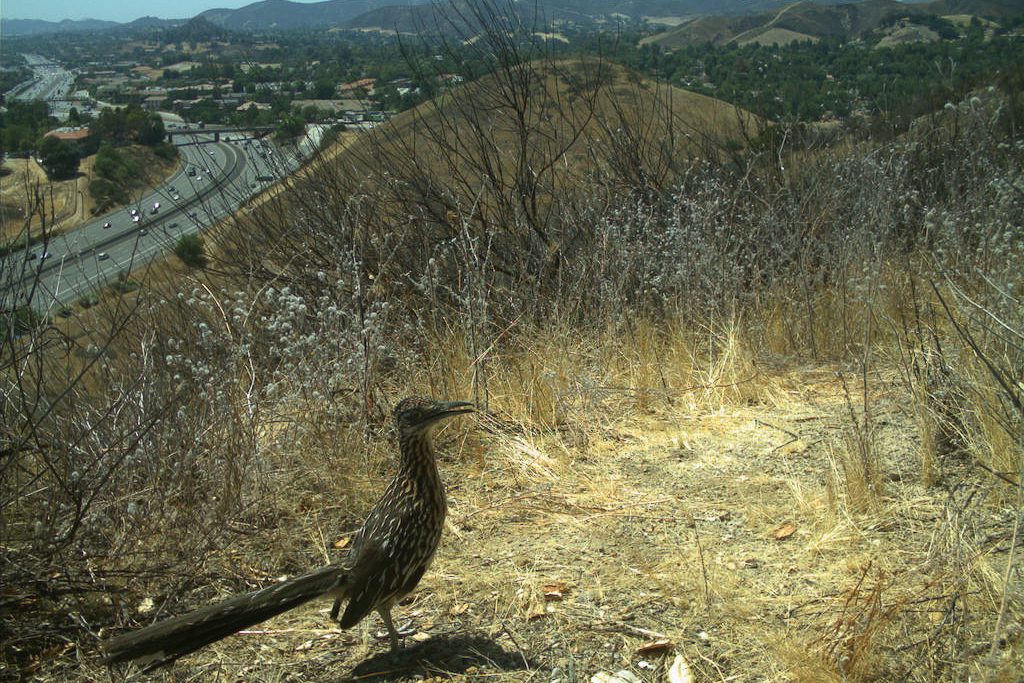
My talk was entitled “Crossing the Science/Design Divide”, and touched on a variety of topics include experiences working with ecologists, access to research, real vs. boutique outcomes, habitat pros and cons, and novel ecosystems. The summary included some examples of firms and groups with high levels of integration and collaboration, such as Andropogon Research, landscape ecology resources for designers, evidence-based design approaches borrowed from healthcare, more ecological integration into rating tools like SITES, and habitat-specific certification via Salmon Safe, to name a few. I will post on something a bit more detailed about my session and some of the takeaways.
It’s heartening to see the shift to incorporation of social systems into ecological research, a vital component for truly integrated urban wildlife management. Our session and others highlighted some great opportunities and continuing challenges we face in truly integrated habitat into planning and design in the urban realm.
- Unless noted – urban wildlife images via the IUWC website; Header image by author – mural from the San Diego Natural History Museum.
